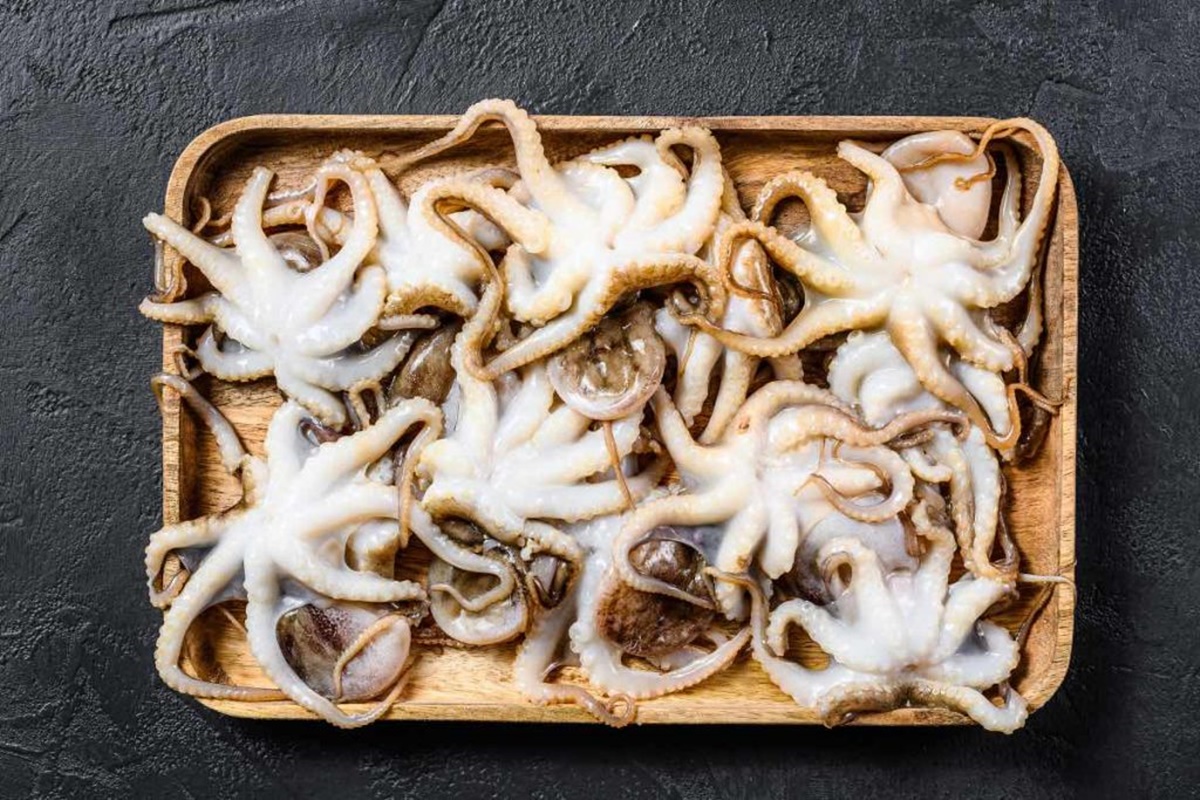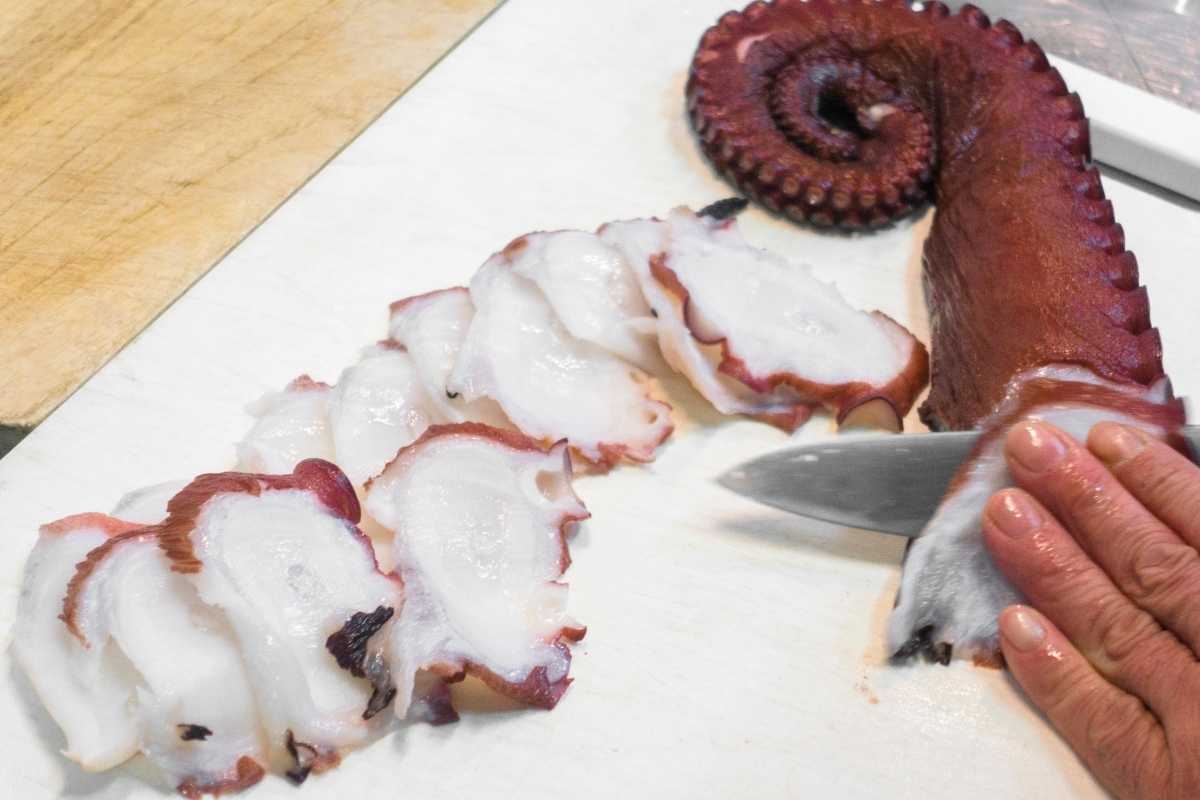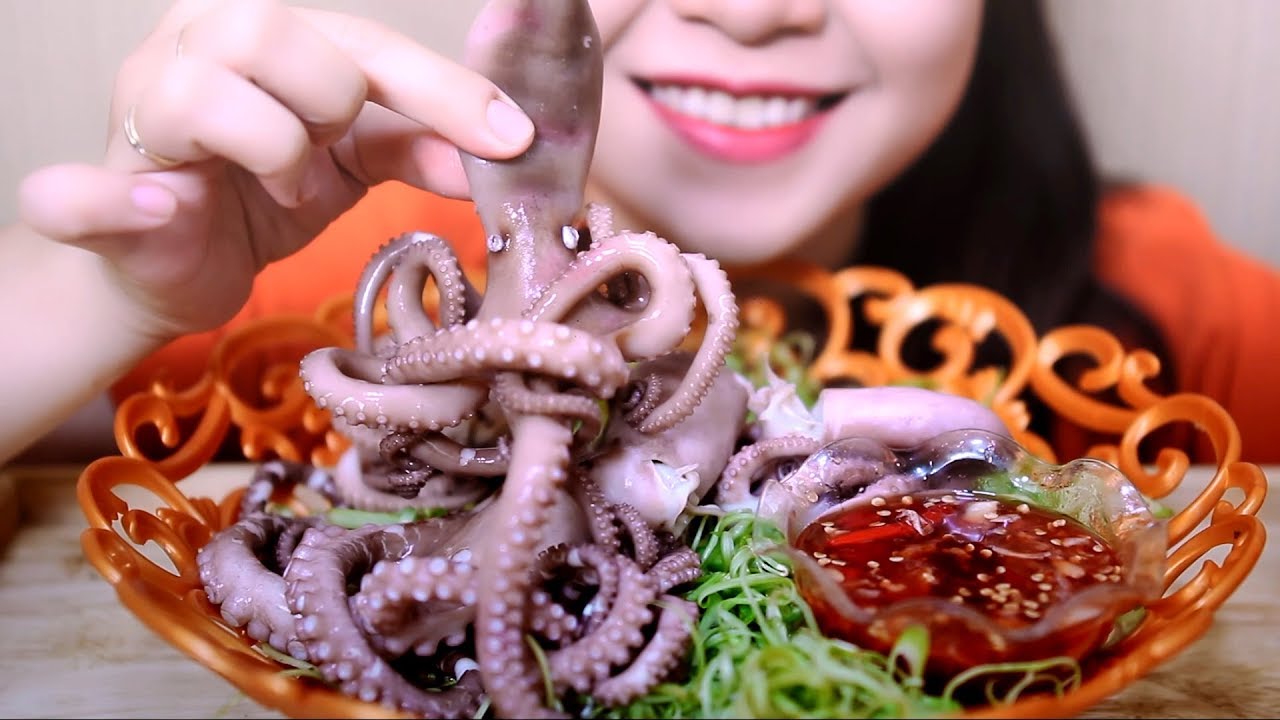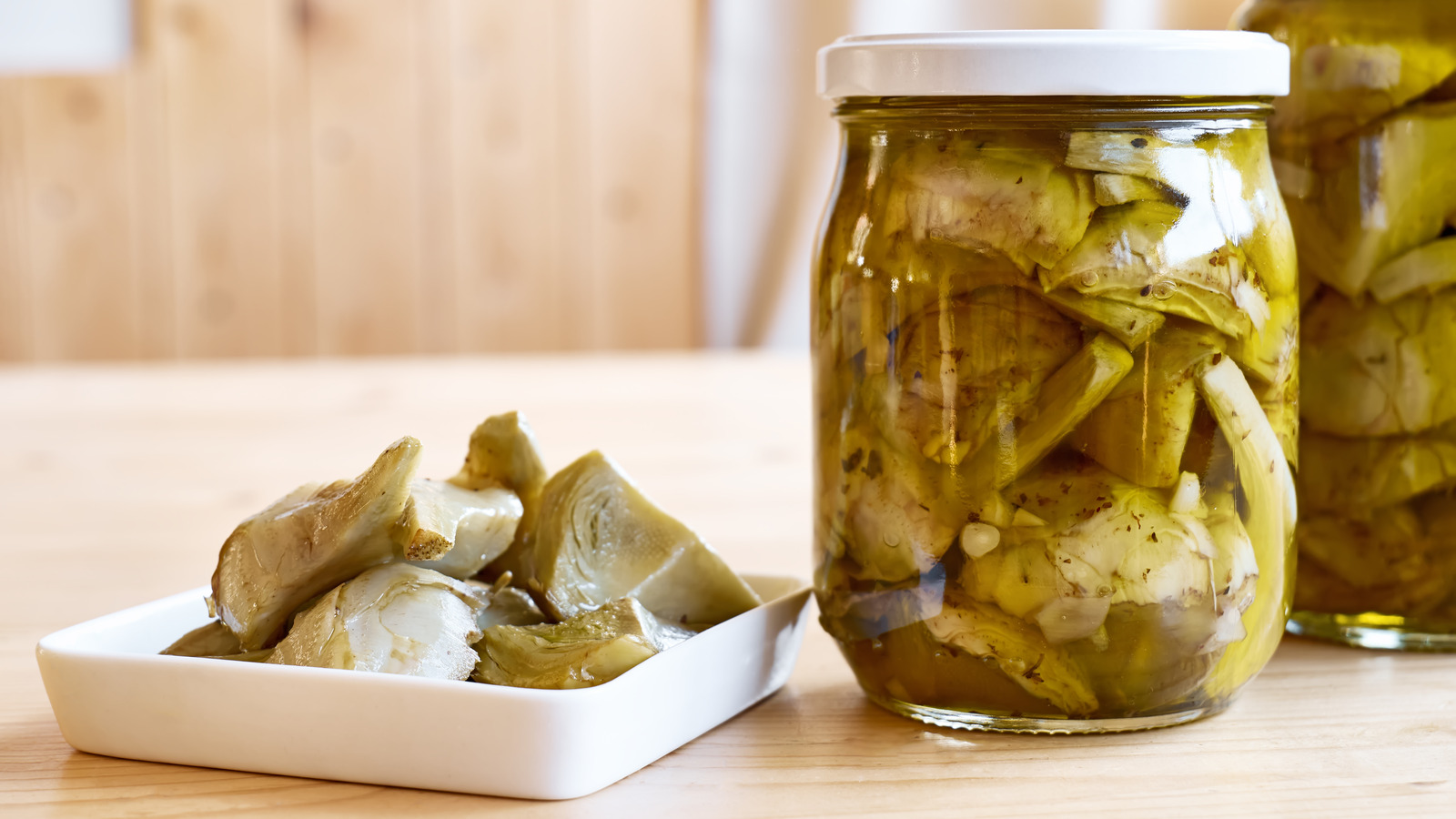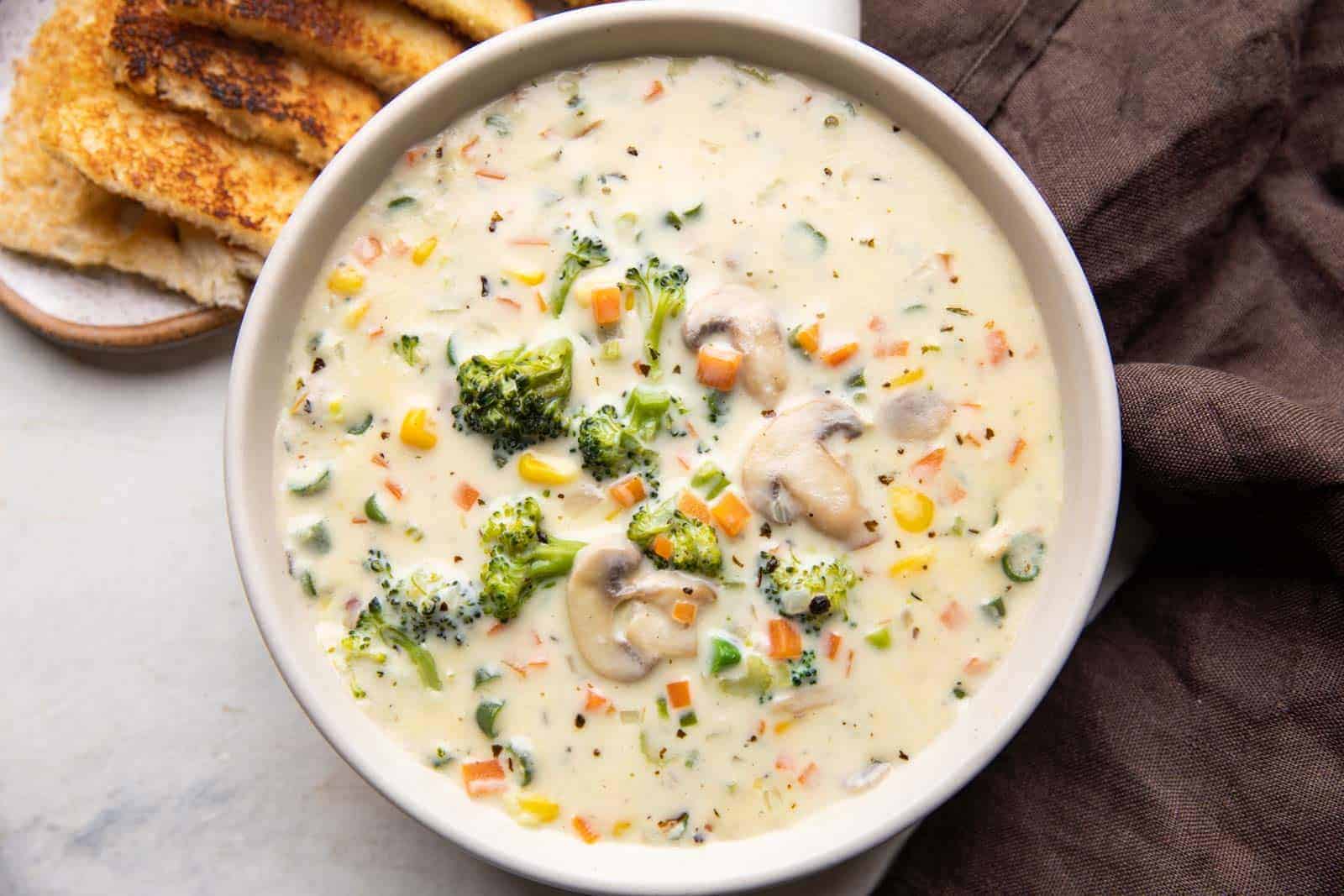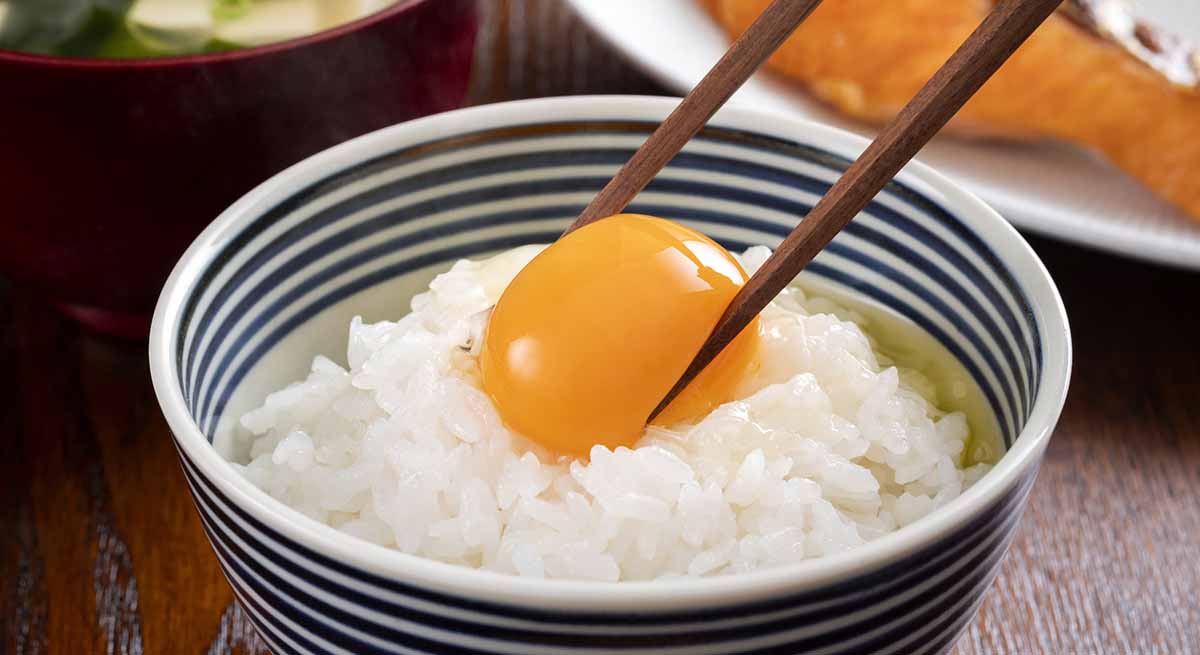Delicious and Unique: How to Enjoy Baby Octopus
When it comes to seafood, many people are familiar with popular options like shrimp, salmon, and tuna. However, there are also lesser-known delicacies that are worth exploring. Baby octopus is one such option that offers a unique and delicious dining experience. If you’re curious about how to enjoy this delectable seafood, here are some tips to help you savor every bite.
Understanding Baby Octopus
Before diving into the culinary preparations, it’s important to understand what baby octopus is. As the name suggests, baby octopus refers to young octopuses that are harvested before reaching full maturity. These small cephalopods are prized for their tender texture and delicate flavor, making them a sought-after ingredient in various cuisines around the world.
Preparing Baby Octopus
When it comes to cooking baby octopus, there are several methods you can explore. Whether you prefer grilling, boiling, or sautéing, the key is to ensure that the octopus is cooked to perfection while retaining its tenderness. Here are some popular ways to prepare baby octopus:
- Grilling: Marinate the baby octopus in a flavorful marinade, then grill it over high heat for a few minutes on each side until it’s tender and slightly charred.
- Boiling: Submerge the baby octopus in boiling water for a few minutes until it becomes tender. This method is great for preserving the natural flavor of the octopus.
- Sautéing: Quickly sauté the baby octopus in a hot pan with olive oil, garlic, and herbs for a simple and delicious preparation.
Pairing Flavors with Baby Octopus
When it comes to flavor pairings, baby octopus can be complemented with a wide range of ingredients to enhance its natural taste. Consider incorporating the following flavors to create a memorable dining experience:
- Citrus: The bright acidity of citrus fruits like lemon or lime can add a refreshing contrast to the richness of baby octopus.
- Herbs: Fresh herbs such as parsley, cilantro, and dill can bring a burst of freshness to the dish.
- Spices: Warm spices like paprika, cayenne, or cumin can add depth and complexity to the flavor profile of baby octopus.
Enjoying Baby Octopus
Once the baby octopus is cooked and seasoned to perfection, it’s time to savor the fruits of your labor. Whether you choose to enjoy it as a standalone dish or incorporate it into a seafood pasta or salad, the tender texture and delicate flavor of baby octopus are sure to leave a lasting impression on your palate.
So, the next time you’re looking to expand your culinary horizons, consider adding baby octopus to your list of seafood adventures. With the right preparation and flavor pairings, you’ll discover a whole new world of delicious dining possibilities.
Remember, the key to enjoying baby octopus is to embrace its unique qualities and savor each bite with an open mind and adventurous spirit. Happy dining!
More Delicious Baby Octopus Recipes to Try
For those keen to apply their newfound skills in preparing baby octopus, a variety of enticing recipes awaits. From the simplicity of Grilled Baby Octopus Recipe to the more intricate flavors of Baby Octopus Risotto Recipe, there's a dish to challenge and delight every chef. For a refreshing twist, the Baby Octopus Ceviche Recipe is highly recommended, offering a zesty palate cleanser or starter. Those looking for a heartier meal might opt for the Slow-Cooked Baby Octopus Recipe, which beautifully showcases the tender qualities of baby octopus when given time to simmer. Each recipe not only enhances your cooking repertoire but also invites you to savor the unique textures and flavors of this versatile seafood.
